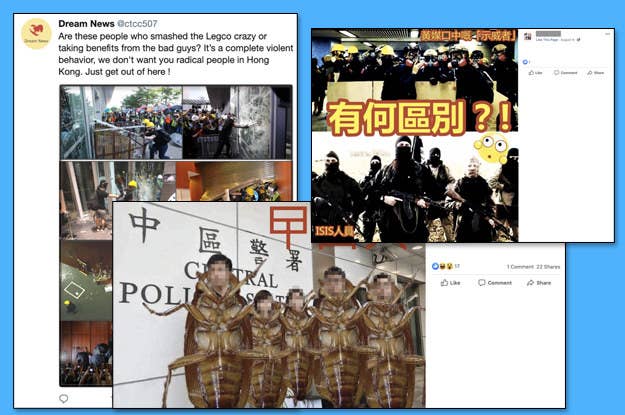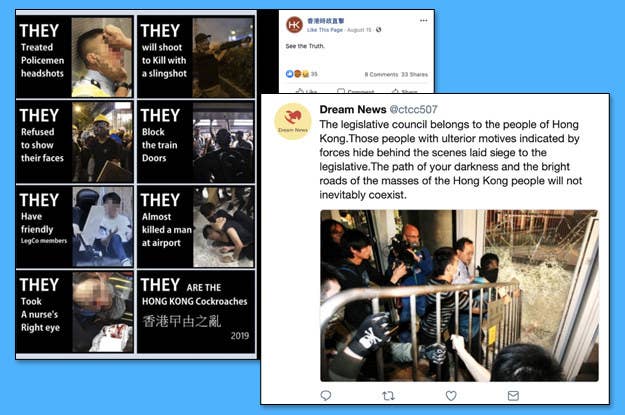
Facebook and Twitter announced Monday they have taken down accounts associated with “inauthentic activity” coming from China that targeted the ongoing Hong Kong protests.
The announcements come shortly after reports that Chinese state-controlled media paid to promote content on the platforms to portray the protests as violent and influenced by foreign entities.
Twitter said it found and thwarted 200,000 accounts before they were “substantially active.” The San Francisco–based company also made information from 936 accounts available in its information manipulation archive, which also includes data from disinformation campaigns sponsored by Iran and Russia.
“The accounts we are sharing today represent the most active portions of this campaign; a larger, spammy network of approximately 200,000 accounts — many created following our initial suspensions — were proactively suspended before they were substantially active on the service,” the Twitter blog post about the takedowns said.
Shortly after Twitter’s announcement, Facebook also said it removed five accounts, seven pages, and three groups that originated in China, but did not make data on them publicly available. In a blog post, Facebook said the takedowns were a result of a tip it received from Twitter.
Both social media networks posted examples of the type of content that was spread by the Chinese government, which seems to have used a VPN to skirt China’s own ban on the two social networks. The posts, which were in both Chinese and English, likened protesters to cockroaches and ISIS and accused them of taking their marching orders from “bad guys.”

“Overall, these accounts were deliberately and specifically attempting to sow political discord in Hong Kong, including undermining the legitimacy and political positions of the protest movement on the ground,” Twitter said in a blog post. “Based on our intensive investigations, we have reliable evidence to support that this is a coordinated state-backed operation.”
The takedowns came after BuzzFeed News and other outlets reported that Facebook and Twitter ran ads related to the Hong Kong protests for Chinese state-run media outlets including Xinhua News Agency, China Daily, and CGTN. Because Facebook and Twitter are inaccessible within mainland China, experts noted that the ads were meant to shape international opinion on the monthslong demonstrations, whose million-strong marches and clashes with Hong Kong police have been broadcast around the world.
Twitter followed the takedown with a blog post on new rules banning advertisements from state media on the platform. This new policy will not apply to taxpayer-funded entities, including independent public broadcasters, like the United Kingdom’s BBC and NPR in the US.
“Any affected accounts will be free to continue to use Twitter to engage in public conversation, just not our advertising products,” the blog post said. “This is a global approach and will be enforced across our entire business.”
Twitter previously removed the advertising capabilities of Russia-based, state-run media operations Russia Today and Sputnik in 2017. At the time, the company cited the two outlets’ roles in “implementing state-sponsored Russian efforts to interfere with and disrupt the 2016 Presidential election.”
Facebook did not follow Twitter's suit, and in a statement late on Monday afternoon said that it would "continue to look at our policies as they relate to state-owned media" — but would still allow those outlets to run ads on the platform. The company said it would also re-examine specific ads about protests in Hong Kong that were brought to its attention on Monday.
UPDATE
The story has been updated with comment from Facebook, which said it would still allow state-owned media outlets to run ads.


